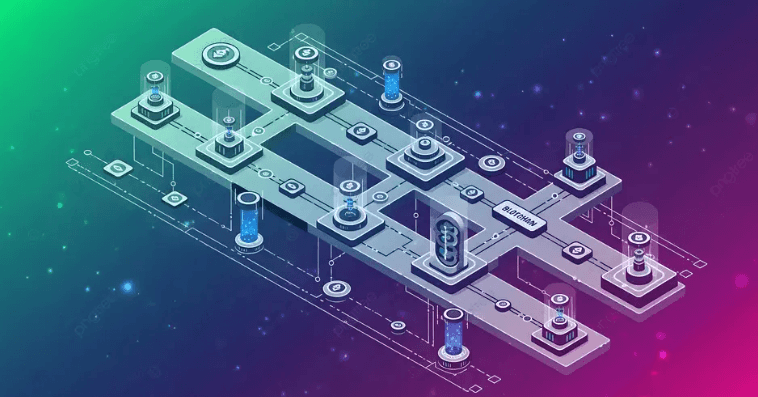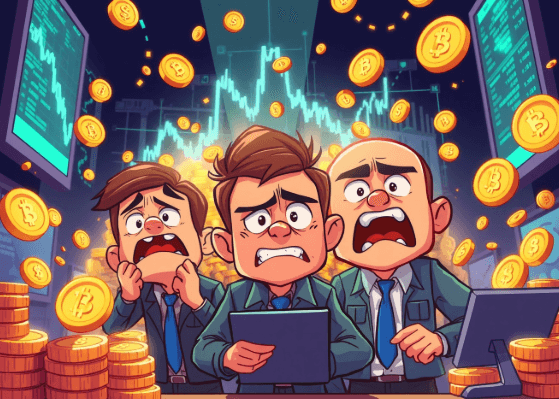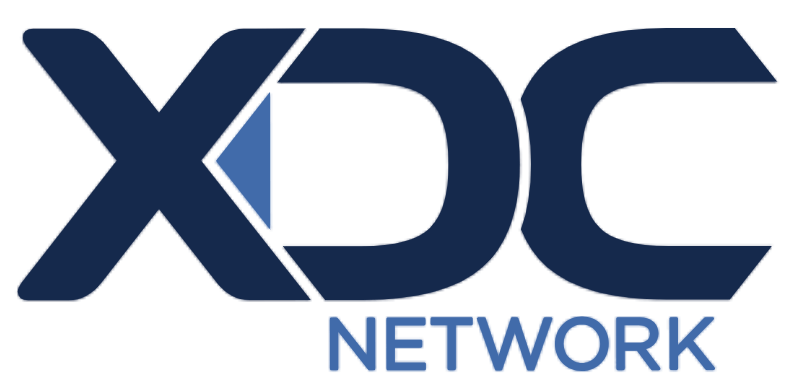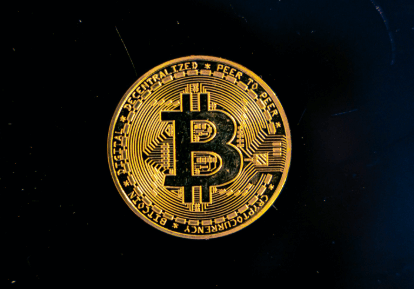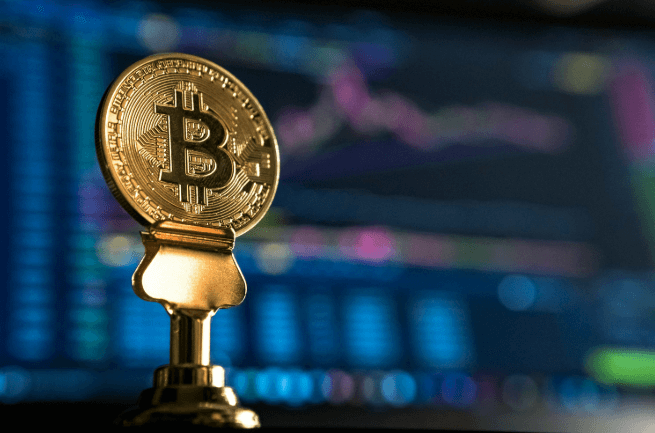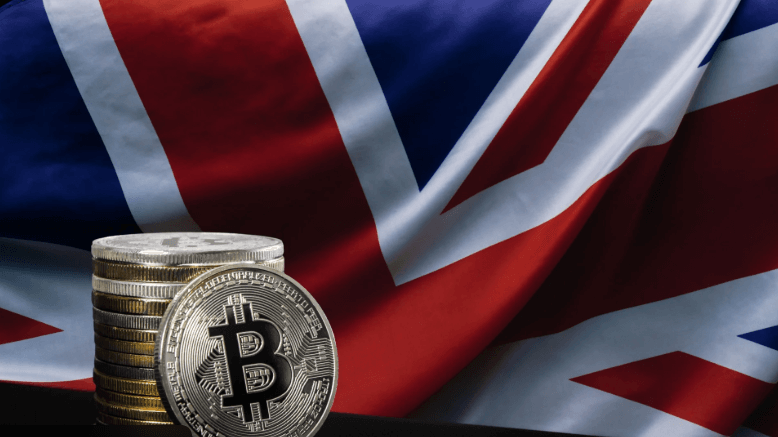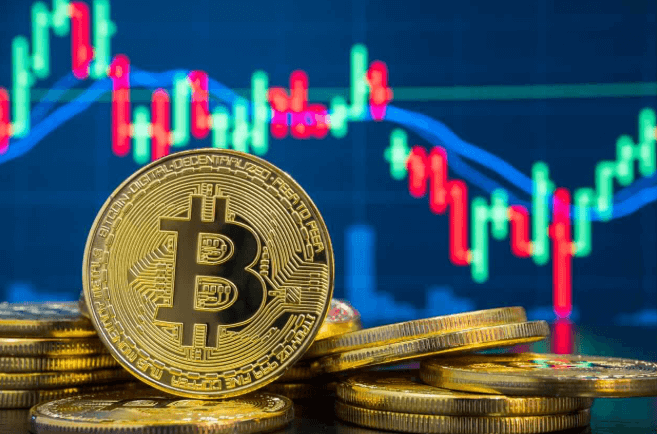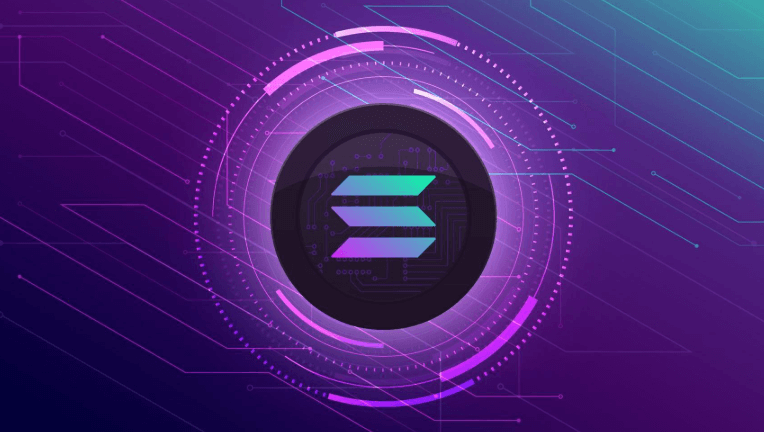-
Introduction
Non-Fungible Tokens (NFTs) have transformed the digital landscape, evolving from speculative assets to valuable tools across industries. By 2025, NFT technology has expanded beyond art and collectibles, integrating into finance, gaming, real estate, intellectual property, and identity verification. This report explores the latest developments in the NFT space, key use cases, and the broader impact on the global economy.

-
Key Use Cases of NFTs in 2025
2.1. Digital Art and Entertainment
- NFTs continue to revolutionize the art world by providing artists with direct monetization opportunities and immutable proof of ownership.
- Music and film industries leverage NFTs for digital rights management, royalty distribution, and fan engagement through exclusive content.
- Interactive storytelling and metaverse experiences incorporate NFTs for immersive digital ownership.
2.2. Gaming and Virtual Assets
- Play-to-earn (P2E) and GameFi models are thriving, enabling players to own, trade, and monetize in-game assets.
- Cross-platform NFT interoperability allows users to transfer assets between different gaming ecosystems.
- Decentralized gaming economies provide financial incentives and empower creators to develop and govern virtual worlds.
2.3. Real Estate and Virtual Land Ownership
- NFTs are used to tokenize real-world real estate, allowing fractional ownership and simplified property transactions.
- Virtual land in metaverse platforms is increasingly valuable, with businesses and brands investing in digital storefronts.
- Smart contract-based property agreements reduce paperwork, enhance transparency, and streamline real estate transactions.
2.4. Intellectual Property and Digital Identity
- NFT-based patents and trademarks enhance intellectual property protection and licensing.
- Digital identity verification through NFTs ensures secure and tamper-proof authentication across platforms.
- Universities and institutions issue NFT-based certificates and diplomas, reducing fraud and improving credential verification.
2.5. DeFi Integration and Financial Instruments
- NFT-backed loans and collateralized lending are expanding DeFi applications.
- Tokenized securities and NFT derivatives enable fractional investments in stocks, commodities, and real-world assets.
- Dynamic NFTs (dNFTs) adjust in value and utility based on real-world conditions, offering innovative financial products.
-
Technological Advancements in NFTs
3.1. Layer 2 Solutions and Scalability Improvements
- Reduced transaction fees and faster processing times make NFTs more accessible to a broader audience.
- Cross-chain NFT marketplaces enhance liquidity and usability across multiple blockchain networks.
- Improved metadata storage solutions ensure long-term accessibility and security for NFT assets.
3.2. AI-Generated NFTs and Automation
- AI-driven art and generative NFT projects create unique and adaptive digital assets.
- Smart contracts powered by AI improve efficiency in NFT royalties and dynamic asset behavior.
- Automated NFT curation platforms personalize recommendations and improve discoverability for users.
3.3. Sustainable and Eco-Friendly NFT Solutions
- Blockchain networks are adopting energy-efficient consensus mechanisms to reduce environmental impact.
- Carbon offset initiatives are integrated into NFT platforms to promote sustainability.
- Innovations in layer-2 and off-chain scaling solutions further minimize energy consumption.
-
Challenges and Risks
4.1. Market Volatility and Speculation
- The NFT market remains susceptible to speculative bubbles and price fluctuations.
- Long-term value depends on utility, adoption, and real-world applications beyond collectibles.
4.2. Security and Copyright Concerns
- Unauthorized duplication and intellectual property theft pose risks to NFT creators and buyers.
- Decentralized verification tools are essential to prevent counterfeit NFTs and fraudulent claims.
4.3. Regulatory Uncertainty
- Governments worldwide are developing NFT regulations to address taxation, ownership rights, and legal recognition.
- Compliance with anti-money laundering (AML) and Know Your Customer (KYC) standards is increasing.
-
Conclusion
By 2025, NFTs have evolved into powerful digital assets with diverse applications beyond art and collectibles. From gaming and real estate to intellectual property and DeFi, NFTs are reshaping industries and creating new economic opportunities. While challenges remain, continued innovation, regulatory clarity, and sustainable practices will drive the next phase of NFT adoption and growth.
Disclaimer: This article is for informational purposes only and is not investment advice. Investors should research carefully before making any decisions. We are not responsible for your investment decisions.

